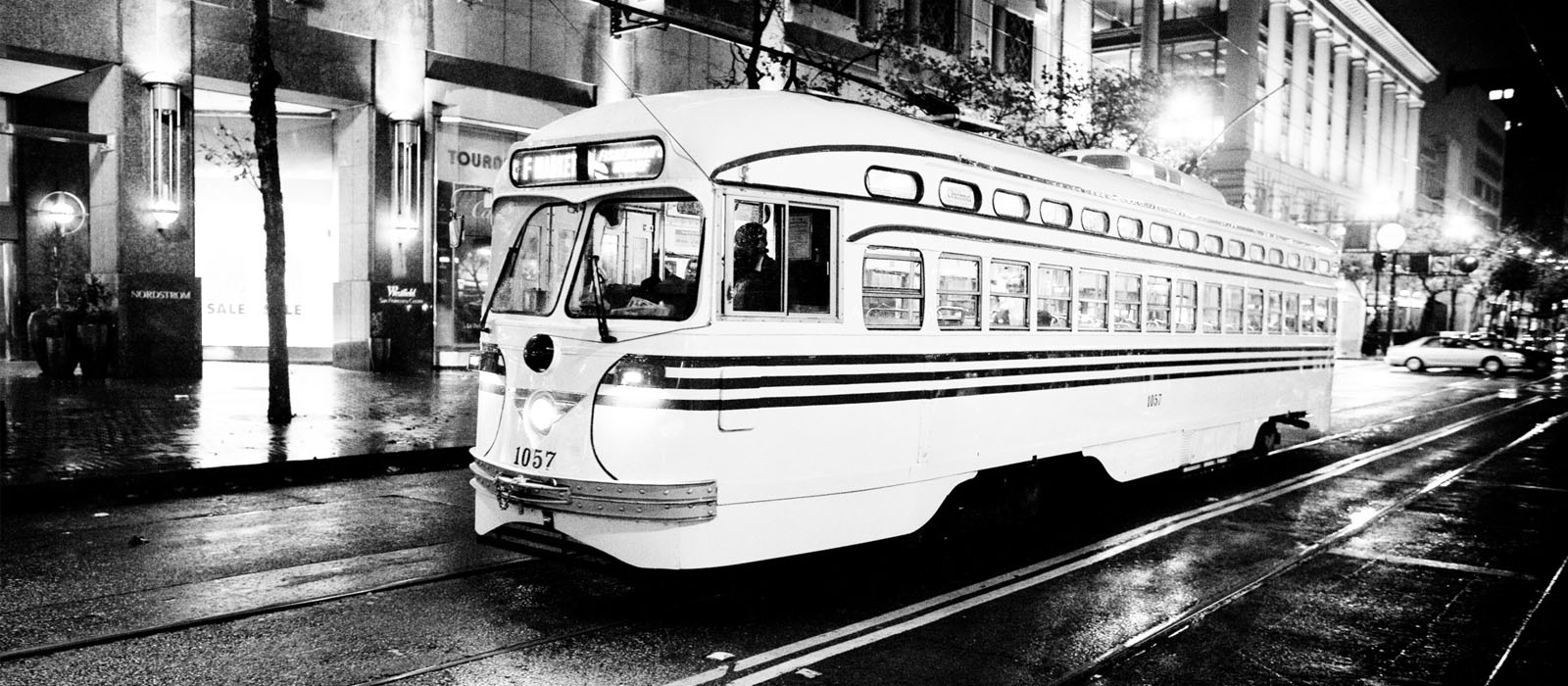Many of us feel we have a good understanding between right and wrong; between good and bad. Yet, things are never so black and white. A great example of this is the popular trolley cart problem that explores how your action affects the outcome in a few different scenarios. The problem consists of a runaway trolley cart on a train track (video below).
The cart is coming upon a group of 5 people that are working on the track, but they are unaware of the imminent danger. You see all of this happening, but can’t warn them. Instead you have the ability to switch the points so that the trolley will take a different path, which has a single individual on it.
In this case, the choice is to save five lives for one. Most people agree with this line of thinking. You are making the best decision based on the situation.
The other scenario is similar, but you are standing on a bridge above the track and can’t switch the trolley’s path. This time, you can push a fat man that is beside you in front of the trolley, which would slow it down enough that you’d still save the other five individuals. Again the trade-off would be the same, sacrificing one individuals life to save five and yet the reaction to this scenario is very different.

From a utilitarian point of view, these scenarios are exactly the same. If you take action, you will save five lives, while sacrificing one. Even if the numbers and outcomes may be similar, the manner in which we arrive at them are not, which is what makes them very different.
In the first scenario you are actively saving 5 peoples lives by switching the tracks. A single person dies, but that was not the direct result of your action. You saved people. Morally this makes sense, but even so it’s easier said then done.
On the flip side, in the second scenario you have to choose to commit murder to save five other people. You have to put a perfectly safe individual, an innocent bystander, in harms way for the greater good. Despite the lives you would save with such action, it’s a much harder pill to swallow. Our instincts immediately tell us that pushing the fat man is inherently wrong. More people say they would flip the switch on the tracks, but they wouldn’t push the fat man in front of the trolley.
This is certainly no easy decision, yet you need only look at our long history of war to see such scenarios played out repeatedly, at much higher stakes. The question is, how are you to make judgement in such scenarios? Watch these scenarios and much more play out in a lecture series at Harvard University.
Would you push the fat man?
Image via flickr


Pingback: The Trolley Cart Problem & Moral Decisions ...
It should be ‘an innocent bystander’.
Whoops, you’re right, thanks for pointing that out!